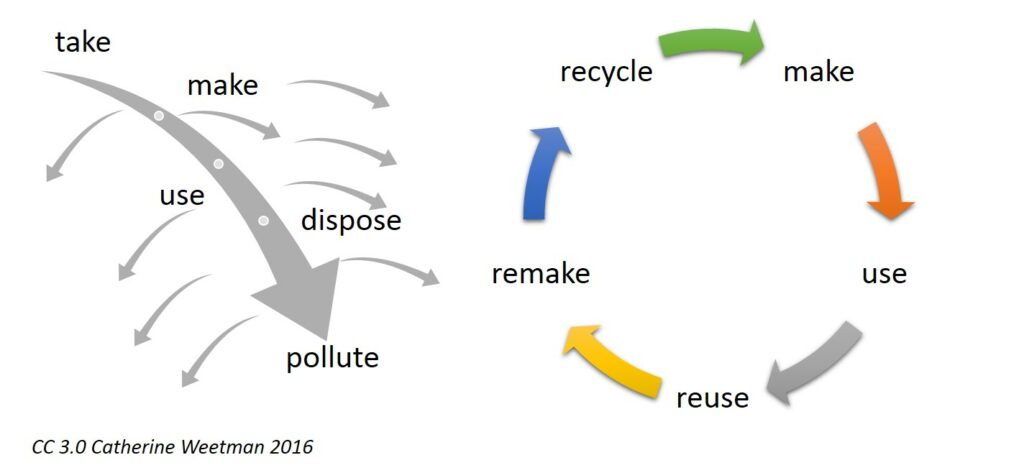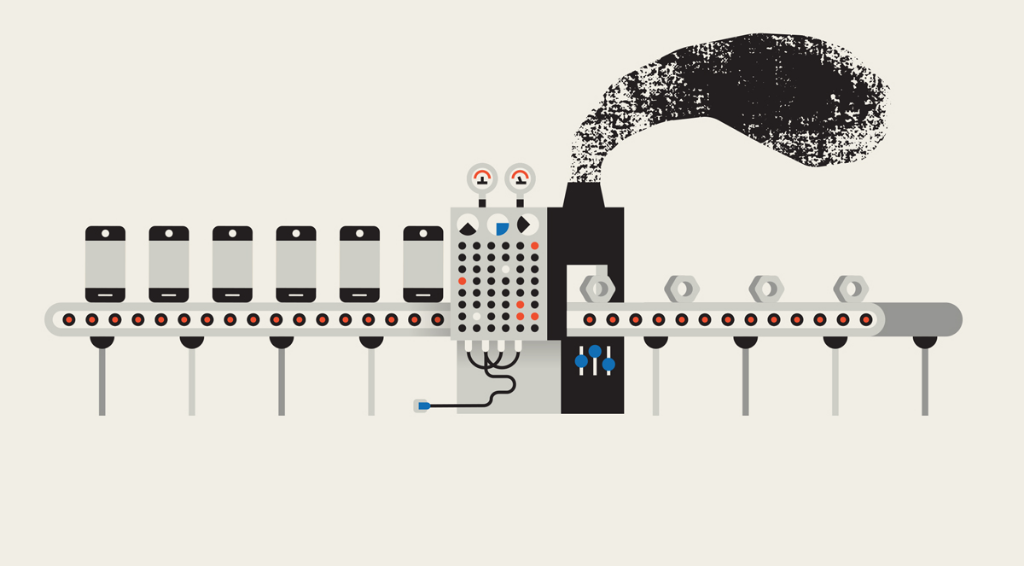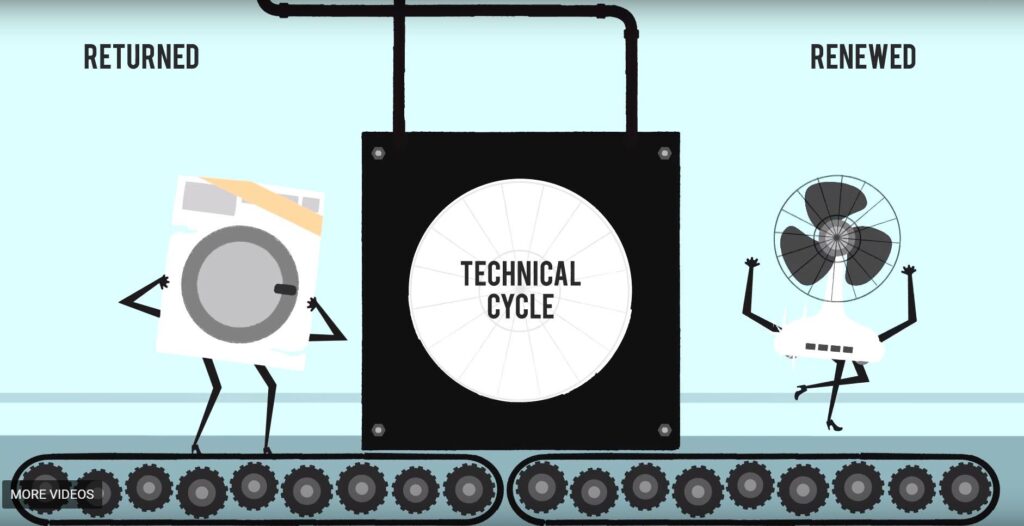Technology and the circular economy
By: Francesca Gugino
February 12, 2020
On February 4, 2020 I attended a virtual panel discussion on the importance of the circular economy in a post-covid 19 world and the vitality of this economic model for a sustainable tomorrow. Twelve speakers from across the globe came together to discuss the importance of a shift away from the linear model of the economy in all sectors. Leaders discussed the need to scale up the circular economic model to help achieve zero carbon emissions and limit the use of Earth’s finite resources by creating products and services that enable use, repair and reuse. Inga Anderson from the United Nations Environment Programme (UNEP) stated that in order to move forward, mitigate climate change impacts and create a sustainable economy, consumers must change their habits and producers must create products that are not created to be thrown away. Covid-19 has served as an opportunity to restructure the current economic model, in some ways posing as a global opportunity to build back better.

The current linear economy is responsible for high levels of greenhouse gas (GHG) emissions and products/services that produce waste that is harmful to the environment. As seen in Figure 1, the linear economic model takes resources from the natural environment and creates waste and ultimately pollution, while the circular economic model focuses on using and reusing products that are durable and eco-friendly. The three main points of the circular economic model are: design out waste, keep products and materials in use, and transition to entirely renewable energy resources. Some argue that the circular economic model will be less profitable as it moves away from modern overconsumption; however, it is argued that companies and manufacturers will continue to profit through maintenance, repairs and customer loyalty after the shift has been made. One major production that would become more sustainable under the circular model would be technology.
Home appliances, mobile phones, PCs and other technological products in the current linear economic model are created and purchased with the knowledge that the products will one day be discarded, create waste and ultimately pollute the environment. But what if this were to change? If the circular economic model were to be implemented to all technologies and appliances, waste and GHG emissions would be significantly reduced and quality of products would increase due to manufacturers liability to make repairs on these licensed goods. What if rather than owning an I-Phone 12 or a Microsoft Surface Book or a Dishwasher, one licensed it for several years and traded it in for a refurbished and upgraded model made entirely out of recycled parts? This would enable producers to continue to profit from goods and services, but also create a sustainable system in which there is zero waste. Aluminum. Copper. Cobalt. Iron. Silicon. Nickel. Titanium. These naturally occurring product inputs would be kept in peak condition, turned back in after licensing agreements expired and be reused, offsetting the negative impacts of mining and overconsumption of Earth’s resources. Packaging for these products would need to be entirely digestible, whether to create biofuels for clean energy or to be entirely compostable and work as fertilizers for farms. The manner in which these goods were created, transported, collected and refurbished would rely entirely on renewable, clean energy sources.


The comprehensive circular economic model would not only design waste out of all environmental sectors, but connect people more to one another and to manufacturers through collaborative consumption. This collaborative consumption can already be demonstrated through the increasing market for used goods and the greater availability of these upcycled goods through apps and online marketplaces. In order to create a sustainable future, the current economic model of single use products must experience an upheaval from a model rooted in repurposing goods until it is time for them to be discarded back into the Earth as natural materials.